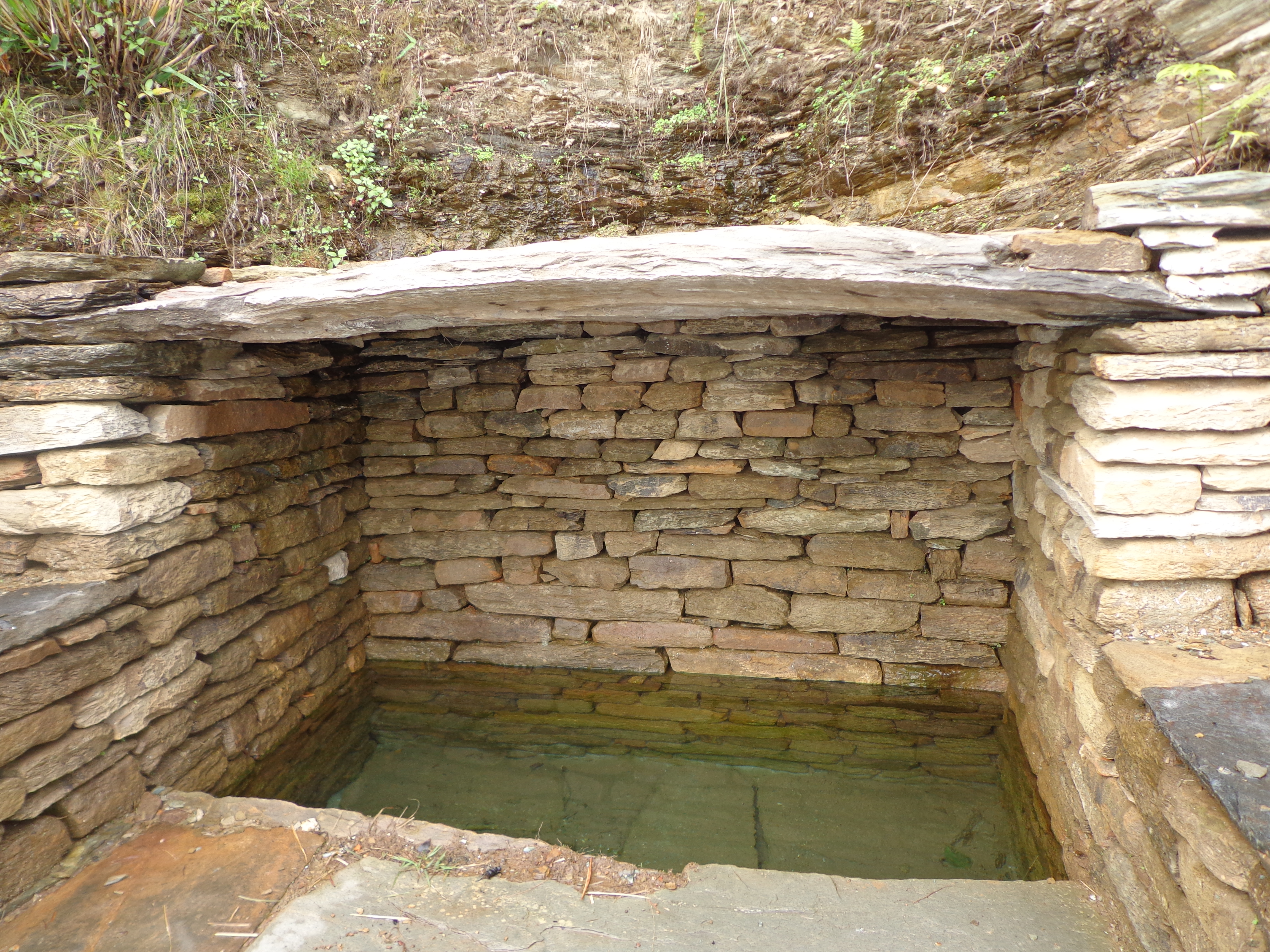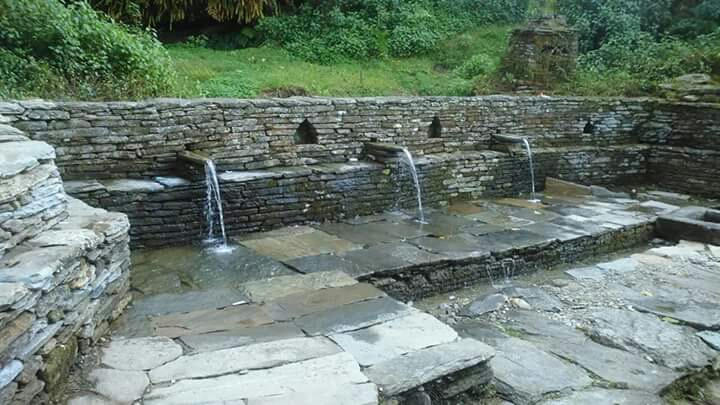


The first step of this measure was to collect information about existing water resources, as well as to explore the potential for new water bodies within the sites. Using maps, direct field observations, and community input, the project mapped different water bodies. Further, resources were prioritised on the basis of site vulnerability, extent of potential damage, possibility of groundwater recharge, risk of water-induced disaster, risk of water scarcity, and priority for the communities. After prioritization, the project used easily available local resources to rehabilitate ponds and water sources. The project staff, local government, and communities applied their knowledge (both traditional and technical) to rehabilitate ponds and water sources. The use of context-specific, locally available, and affordable materials (such as bamboo) helped to promote the sustainability of the intervention.
- Establishing trust within local communities and between the communities and the project team
- Communities’ active leadership and involvement in the implementation of activities is crucial for developing a sense of project ownership
- Use of local knowledge and resources
- Community labour contribution
- Financial contribution of the project to the activities
- Promotion of infrastructure based on the degree of vulnerability and community prioritisation
- Community interest and participation plays a key role in the successful implementation of activities
- Advance planning with clear roles and responsibilities helps ensure the successful implementation of activities
- Integrating local knowledge with scientific knowledge is more effective than applying a purely technical approach
- It is essential that the communities’ priorities are respected and integrated into the design of the measures
- Working with groups is more effective than working with individuals
- Community leadership and labour contribution in building infrastructure creates ownership and commitment within the communities
- Using local resources to promote green infrastructure is more cost-effective, faster, and more sustainable
- The integration of a variety of complementary activities, such as planting species that promote water recharge within the periphery of rehabilitated water infrastructure is sustainable and effective